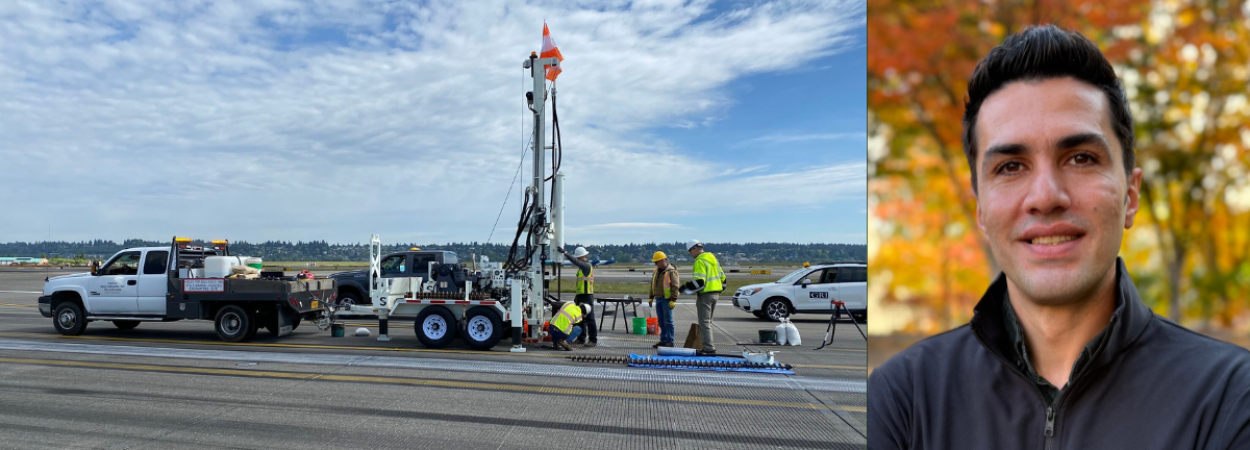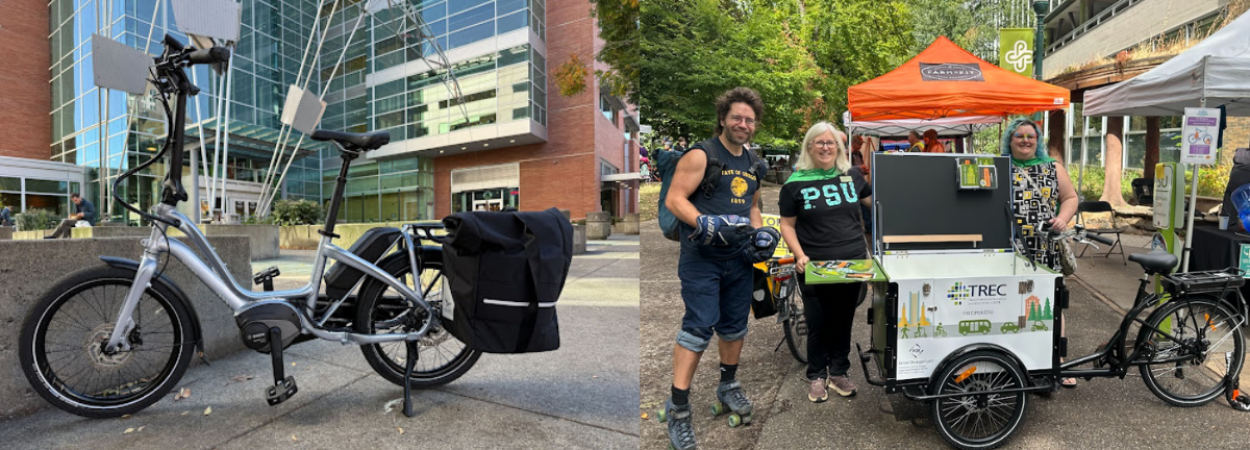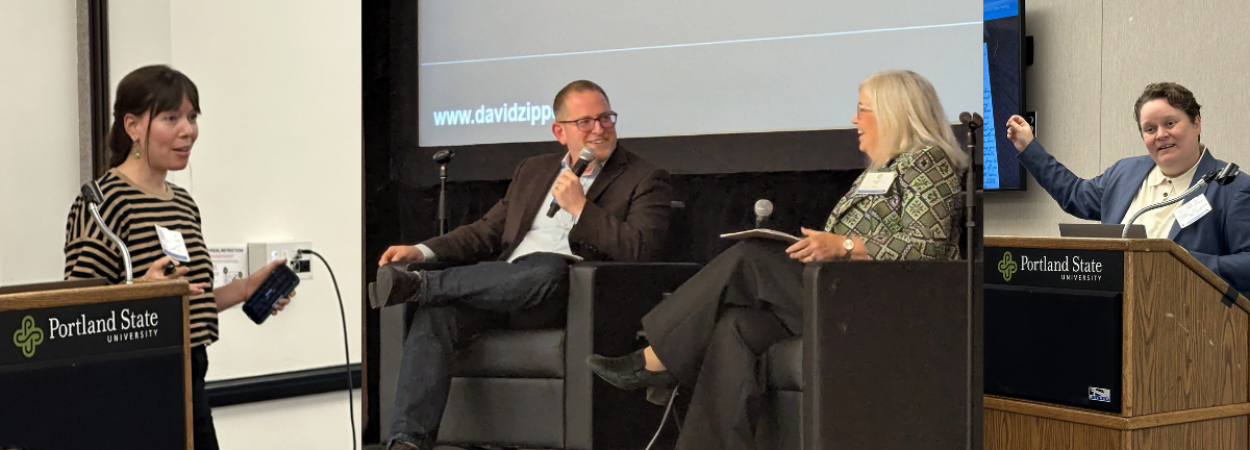 |  |  |

As we approach Thanksgiving, we're taking a moment to count some of the things we're grateful for! At Portland State and in our surrounding community of Portland, Oregon, we're thankful for:
At PSU, students don't just study in classes: They take their learning to the streets. In both the Maseeh College of Engineering & Computer Science and the Toulan School of Urban Studies & Planning, transportation students get involved with hands-on projects that result in real-world impacts. This year alone, civil engineering capstone students have worked to reimagine Southwest Portland's Sheridan Street and the upcoming Bridgeless phase of Burnside Street. Masters of Urban & Regional Planning (MURP) students have also tak…
Read More
Milad Souri graduated from Portland State University in 2021 with a PhD in Civil and Environmental Engineering. While at PSU, he devoted his doctoral research to the Development of a Design Guideline for Pile Foundations Subjected to Liquefaction-Induced Lateral Spreading with advisor Arash Khosravifar. He now works as a Project Engineer at GRI.
Connect with Milad on LinkedIn
In my current role as a geotechnical engineer, I focus on the seismic evaluation and design of waterfront and transportation structures. A typical day often involves running numerical models to understand ground deformation during earthquakes, reviewing geotechnical data, and collaborating with structural and marin…
Read More
The Transportation Research & Education Center (TREC) at Portland State University (PSU) has four new e-bikes, thanks to a grant from the Portland General Electric (PGE) Drive Change Fund. We will be allowing PSU staff and faculty to borrow these e-bikes to try them for a period of time to commute, take home, and use the e-bikes for their daily needs. Participants will be asked to sign a liability waiver before receiving the e-bike. All participants will be offered a helmet, lock, charger, and access to a secured bike storage area on campus.
If you are a PSU staff or faculty member and interested in checking out an e-bike for a couple of weeks, months, or a term, just fill out this Google Form. If you have any questions, please reach out to John MacArthur, TREC, macarthur@pdx.edu.
MORE FROM THE DRIVE C…
Read More
The 2025 PacTrans Region 10 Transportation Conference was held at Portland State University on October 10, with attendees from all over the Pacific Northwest. The conference drew a mixture of transportation researchers and practitioners, with a theme of Connecting Communities: Improving Mobility under Uncertainty.
Sessions on smart mobility analytics, human-centered mobility, and innovations for infrastructure resilience offered in-depth looks at various projects and initiatives around the region. A series of Lightning Talks showcased a variety of innovative projects to enhance travel, and an afternoon poster session allowed students, as well as professionals, to share their work with interested colleagues.
Check out some photos from the conference.

BikePed Portal, the national non-motorized count data archive housed at Portland State University (PSU), provides a centralized standard bicycle and pedestrian count database which includes automated and manual counts from across the country. BikePed portal, as a paid service, also offers a suite of custom tools and products – with more features being developed all the time.
The newest feature added to BikePed Portal is Explore Plus, a robust dashboard that allows users to conduct a wide range of data analyses.
Interested in learning to use this tool? Log in to BikePed Portal, or request a BikePed Portal account if you don't have one, and follow along with this video t…
Read More